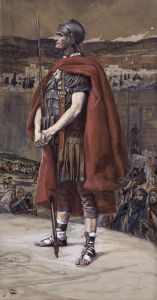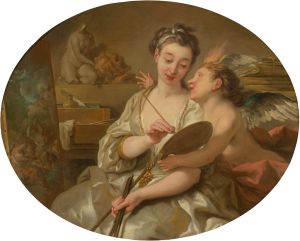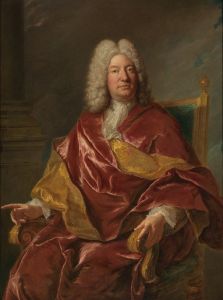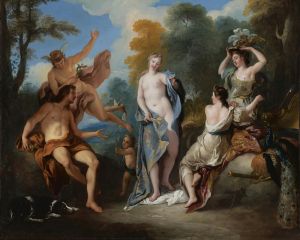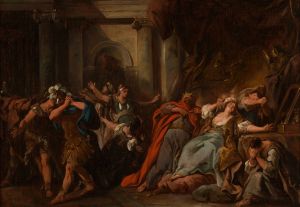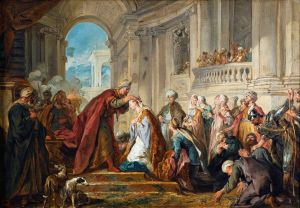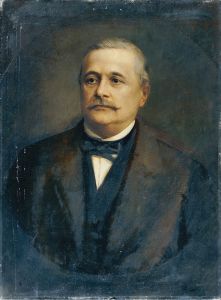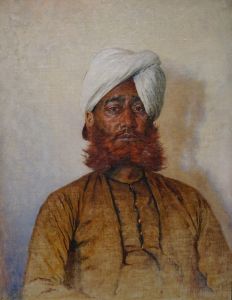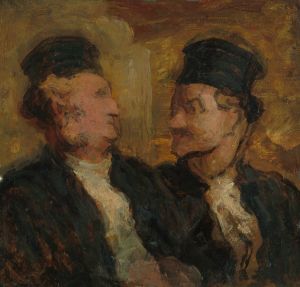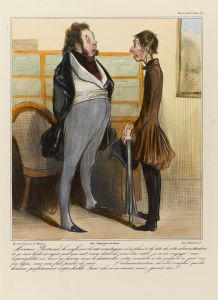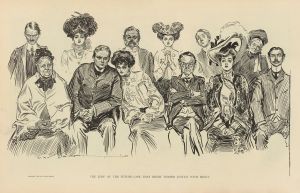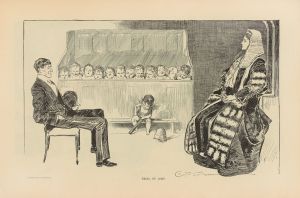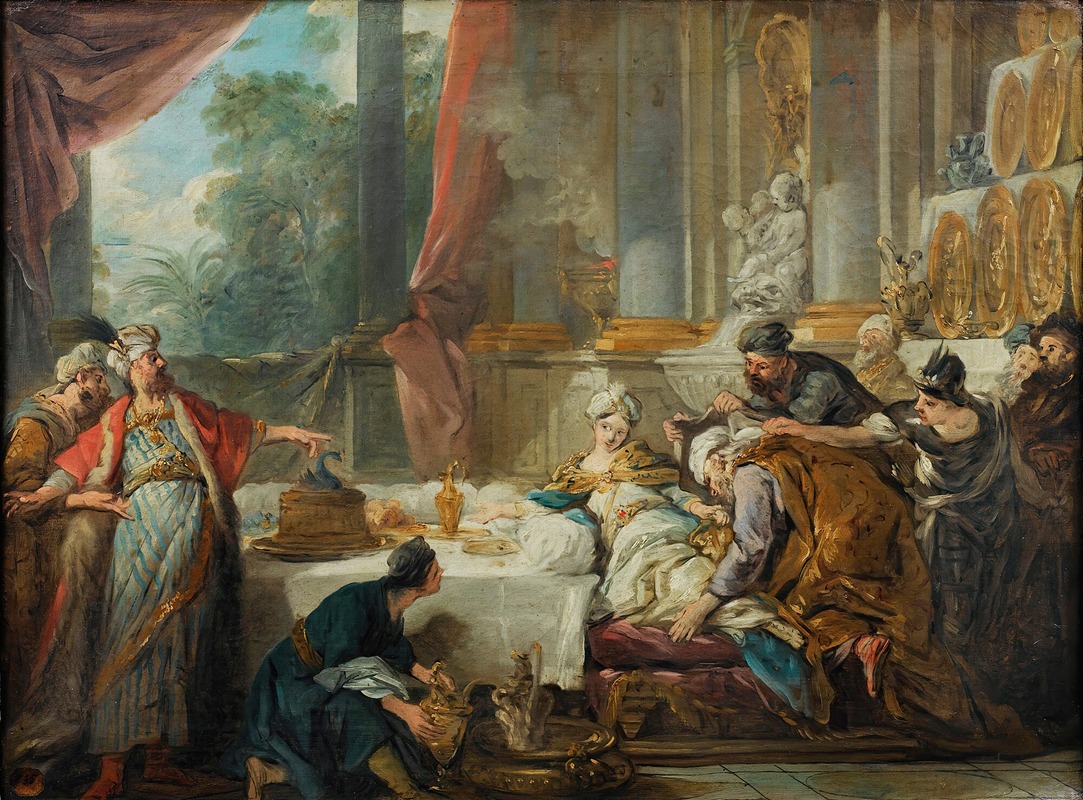
The sentencing of Aman
A hand-painted replica of Jean-François de Troy’s masterpiece The sentencing of Aman, meticulously crafted by professional artists to capture the true essence of the original. Each piece is created with museum-quality canvas and rare mineral pigments, carefully painted by experienced artists with delicate brushstrokes and rich, layered colors to perfectly recreate the texture of the original artwork. Unlike machine-printed reproductions, this hand-painted version brings the painting to life, infused with the artist’s emotions and skill in every stroke. Whether for personal collection or home decoration, it instantly elevates the artistic atmosphere of any space.
Jean-François de Troy's painting The Sentencing of Aman (French: La Condamnation d'Aman) is a work of art created by the French Rococo painter Jean-François de Troy (1679–1752). De Troy was known for his historical and mythological scenes, as well as his contributions to tapestry design and decorative arts. This particular painting depicts a scene from the biblical Book of Esther, a story from the Hebrew Bible and the Christian Old Testament.
The artwork illustrates the moment when Haman (Aman in French), a high-ranking official in the Persian Empire, is condemned for his plot to annihilate the Jewish people. The narrative is set during the reign of King Ahasuerus (commonly identified with Xerxes I), and it centers on Queen Esther, a Jewish woman who becomes queen and uses her position to save her people. In the story, Haman's plan is exposed during a banquet hosted by Esther, leading to his downfall and eventual execution.
De Troy's painting captures the dramatic tension of this pivotal moment. The composition likely includes key figures such as King Ahasuerus, Queen Esther, and Haman, with their gestures and expressions conveying the emotional intensity of the scene. The artist's use of color, light, and detailed costumes reflects the Rococo style, which often emphasized elegance and theatricality.
While specific details about the painting's dimensions, date of creation, and current location are not readily available, it is consistent with de Troy's body of work, which often focused on grand historical and biblical themes. His ability to depict complex narratives with clarity and drama made him a prominent figure in 18th-century French art.
No further detailed information about The Sentencing of Aman is available at this time.





